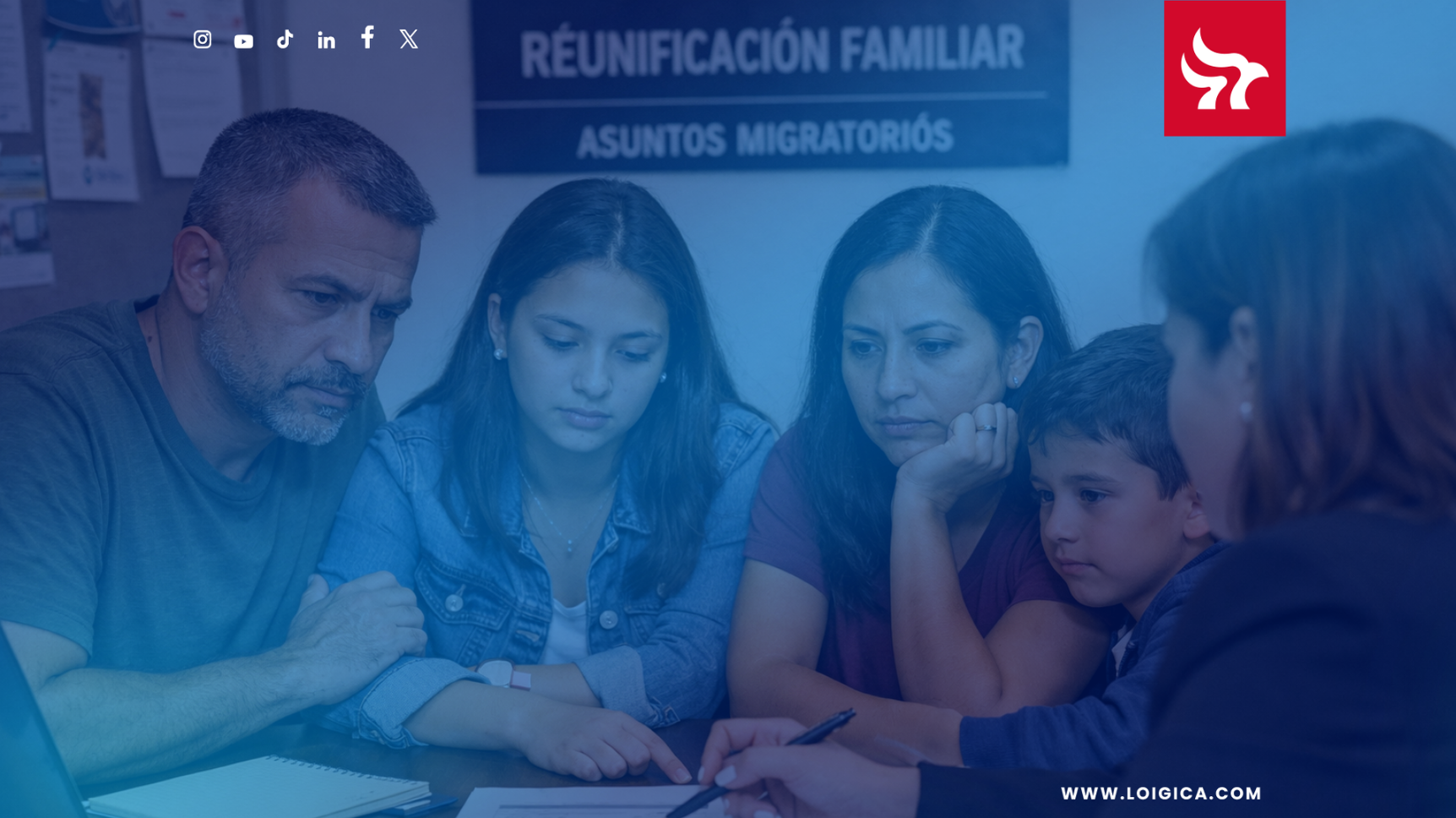Understanding Adjustment of Status vs. Consulate Processing: 3 minute read
Obtaining lawful permanent resident status in the United States is a dream of millions across the globe. However, important to understand that there are two primary pathways commonly used: adjustment of status and consulate processing. Both of these processes ultimately lead to the same goal of obtaining a green card, but they differ significantly in terms of eligibility criteria, procedures, and the overall experience for both parties of applicants.
How does Adjustment of Status differ from Consulate Processing?
Adjustment of Status: This process is available to individuals who are already physically present within the United States. Typically, eligibility factors in on family relationships, employment-based sponsorships, asylum status, and other specific requirements. Adjustment of status is commonly used by those who are already residing in the U.S. with a valid visa.
Consulate Processing: Also known as “immigrant visa processing,” is a method specifically designed for individuals who are residing abroad and wish to obtain a green card to legally enter the United States as a permanent resident. This is typically used by family-sponsored immigrants, employment-based immigrants, and many other categories of visas.
In this blog, we will unravel the differences between these two pathways within the United States immigration system: Adjustment of Status and Consulate Processing. The U.S. immigration landscape can be quite complex, our aim here at Loigica is to simplify the distinctions between these two processes, and empower individuals with knowledge and confidence as they navigate their path to the U.S.
To make it simple, we've divided the passage into four primary differences between these processes. Let's dive right in!
1. Location of the Visa Applicant
Adjustment of Status: Adjustment of status, As mentioned earlier, is for individuals already within the United States. Applicants must have maintained lawful status or have a visa that permits them to apply for adjustment without departing the country. They will typically attend an in-person interview at a USCIS office.
Consulate Processing: This method is designed for individuals who are outside the United States. Applicants typically attend interviews at a U.S. embassy or consulate in their home country
2. Processing Times
Adjustment of Status: Adjustment of status generally takes longer to process than consulate processing. The USCIS is responsible for handling applications for adjustment of status, and processing times can vary significantly based on factors such as the applicant’s location, visa category, and any potential backlog at the USCIS office.
Consulate Processing: After the initial petition is approved, applicants must go through a step-by-step process that includes National Visa Center (NVC) processing, visa interviews at the U.S. embassy or consulate, and medical exams.With a variety of factors at play for each case, processing times may vary.
3. Travel Restrictions
Adjustment of Status: Applicants applying for adjustment of status are usually advised to avoid international travel until they receive their documents, which allows them to re-enter the United States after traveling abroad while their green card application is in the pending stage of the process. Leaving the U.S. without this document can lead to complications.
Consulate Processing: Applicants using consulate processing are already outside the United States and must travel to the U.S. after their immigrant visa is approved. They do not face the same travel restrictions as individuals applying for adjustment of status.
4. Interview Process
Adjustment of Status: Adjustment of status applicants typically attend an in-person interview at a USCIS office with an immigration officer. The purpose of the interview is to verify the accuracy of the information provided in the application and assess the eligibility of the applicant.
Consulate Processing: Consulate processing involves an interview at a U.S. embassy or consulate in the applicant’s home country where the petition was filed. During the interview, a consular officer evaluates the applicant’s eligibility and conducts a number of background and security screenings.
In summary, while both adjustment of status and consulate processing are pathways to obtain permanent resident status in the United States, they are tailored to different circumstances and both have unique processes. Understanding these differences is crucial for determining the appropriate route for your immigration journey. Whether you are already in the United States or planning to apply from abroad, it is important to consult with experienced professionals such as, Loigica immigration attorney’s, we can help you make informed decisions and navigate the complex U.S. immigration system for successful outcomes throughout your case.
Join our newsletter
All about immigration law, visas, news, interestings interviews and more.
Recomendados

Gold Card for high net worth Latin Americans: decisions beyond the first million dollars




